Competencies Explained in Three Diagrams
The reasons for competency models are compelling. Without criteria for hiring, promotion, placement, performance management and training, managers are left on their own to develop their own models, and HR systems don’t always offer optimal options. Quality hires, DEI goals, productivity, and a host of other HR metrics are in jeopardy without a common language for talent management.


